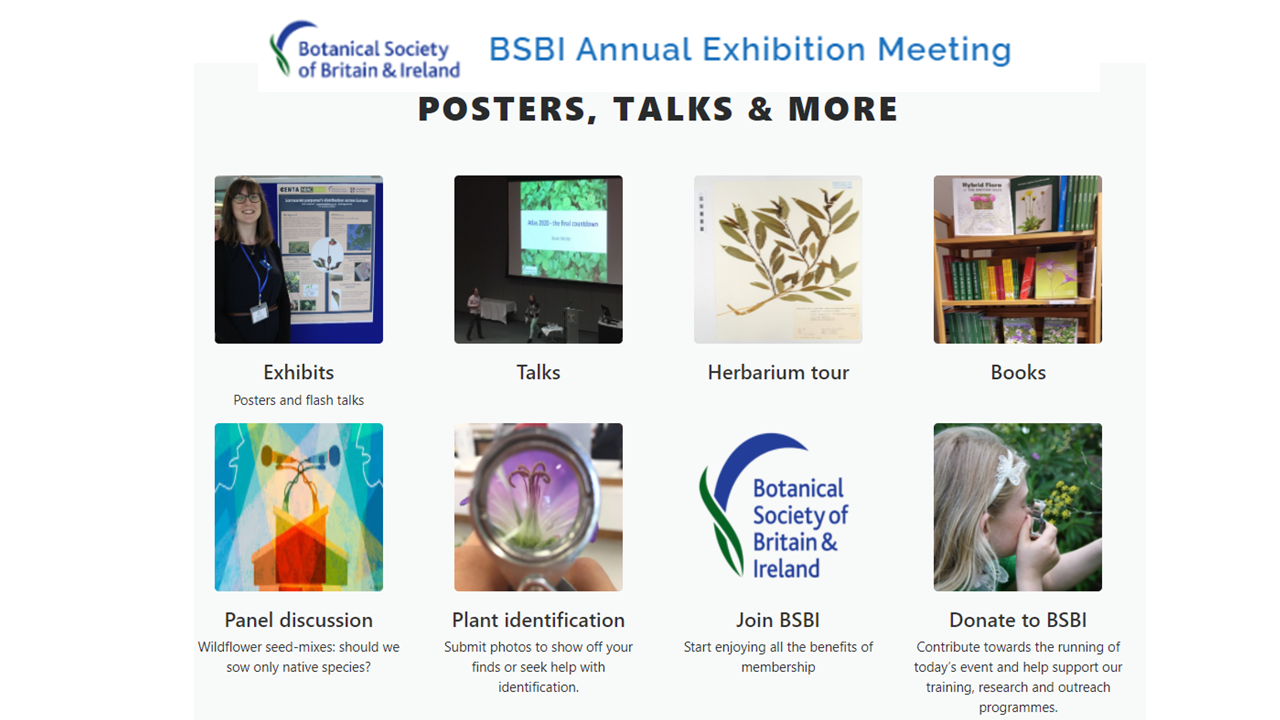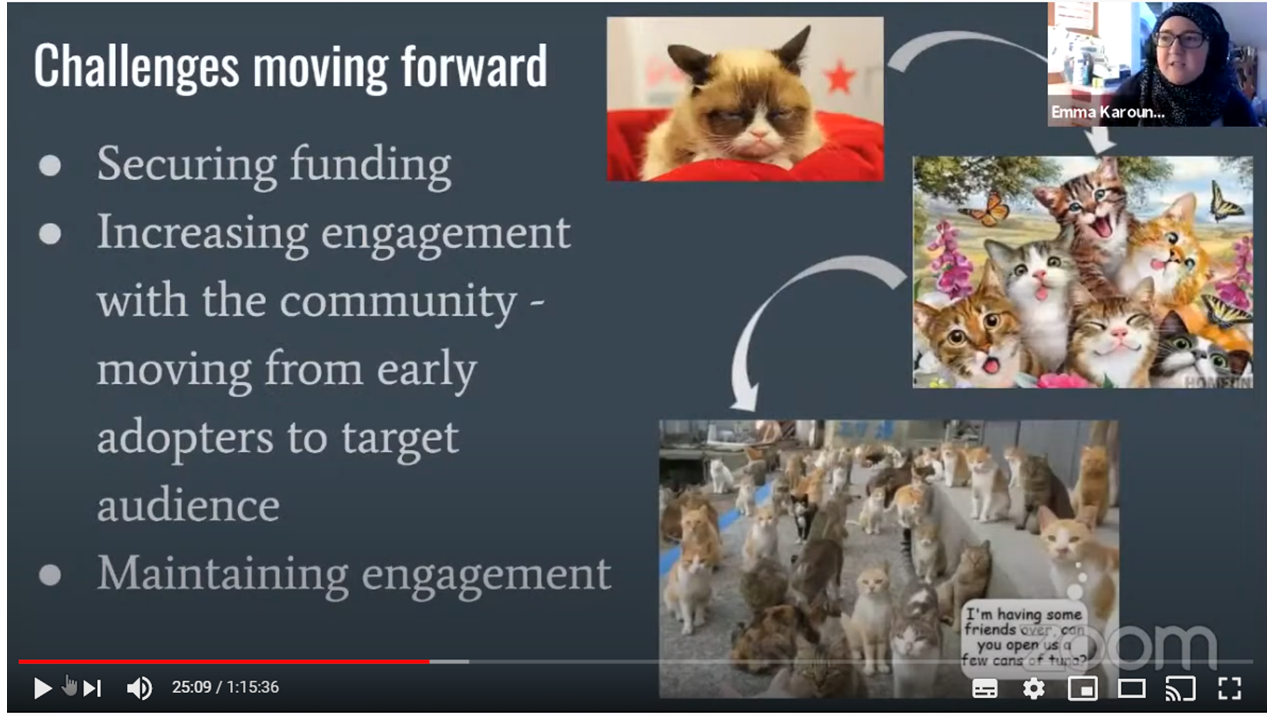2020: The Rise of Open Scholarship
Image 2020 by http://www.freeimageslive.co.uk/free_stock_image/plain-2020-new-year-jpg by christmashat. License CC-BY 3.0
What a year! Who ever thought that we would be living through a pandemic at this time last year? Although there have been many negative impacts of Covid-19, I am a glass half full kind of person and so I think that there must be some positives from this year. And for me this is the rise of Open Scholarship.
I do admit that this growth in Open Scholarship or Open Science has been somewhat forced upon the academic community as I still think many would not have chosen to implement many of the new open ways of working. This change has been very much influenced and driven by two events this year. Firstly, the current pandemic that has seen scientists battling to investigate the virus to find preventions, precautions and cures - the fastest ever produced vaccine is a testament to how open science can benefit society as this would not have happened so quickly without the open sharing of gene sequencing data in January by Chinese based scientists. However, due to the pandemic, the rest of the academic community have been plunged into predominantly a remote working environment by covid restrictions on research institutions causing a major shift to online research activities that has changed how we interact as researchers.
Secondly, the death of George Floyd and the subsequent initiations of the Black Lives Matters (BLM) movement has driven forward the discussion of equity, diversity and inclusion (EDI) within academia. These discussions are ongoing and have played major roles in academic conferences, associations and social media. Both these events have produced examples of how important open science is to research and whether this is a permanent change waits to be seen. It is my hope that 2020 marks a major shift toward the mainstream adoption of Open Scholarship for the benefit of all researchers, the wider scientific community and ultimately for public benefit.
As it is the end of the year, I want to highlight this shift within my own field by sharing some great work being done by other researchers and organisations that I do not think would have happened in any other year or that was made harder to achieve in this very difficult year.
Open education
Open educational resources and open research communication can come in many forms. These include free and easily accessible conferences, workshops, training programs and online resources. There has been a plethora of high quality online training available this year as many organisations have risen to the challenge of remote research activities. The development of free online resources and offers of open online training courses will help to increase the EDI in academia, and also in open science, which is still a somewhat global north centric movement. I want to highlight the work of two organisations that need to be called out for their tremendous efforts this year: the Botanical Society of Britain and Ireland (BSBI) that is a rather traditional scientific community and Open Life Science that is a young and vibrant open science-based organisation.
Unfortunately, botanical sciences, in the UK at least, are declining at Universities and there are now no undergraduate courses on offer solely in this discipline. But the BSBI goes a long way to raise the profile of botanical studies in the UK and is usually a network of small local groups that meet regularly for outside botanical exploits. They have had a great deal of useful resources on their website for some time, however, this year the BSBI has really embraced the move to online open educational and research activities.
This was demonstrated earlier this year through the Irish Grasslands Project that aimed to increase awareness of Ireland’s semi-natural grasslands and help to improve the identification skills needed to record them. This was done through a fantastic series of free online training sessions, downloadable resources and social media posts. You would think it was very hard to learn plant identification online, as it is a very practical skill. However, it was extremely well prepared by the trainers (Fionnuala O’Neill and Lynda Weeks), who provided visual and spoken explanations of different plant species. All of the little tips and tricks that they passed on were really helpful and you could also ask questions directly to the BSBI organisers for extra help and clarification. This made the training, in my view, extremely successful.
 Image taken from BSBI Annual Exhibit Meeting website showing the variety of different activities on offer: (https://aem.bsbi.org/)
Image taken from BSBI Annual Exhibit Meeting website showing the variety of different activities on offer: (https://aem.bsbi.org/)
The BSBI also moved their Annual Exhibition Meeting online for the first time, which included talks, poster exhibits, see my poster here, a herbarium tour of the Natural History Museum’s collections by Senior Curator, Fred Rumsey, and a panel discussion about whether seed mixes should only include native species. In the talks, we got to hear about all the botanical activities that had been continuing under lockdown and interesting innovations such as the use of apps for plant identification. Both the training sessions and the exhibition meeting had high attendance - the exhibition meeting was attended by more people than had ever attended it in person. This demonstrates the great benefit of improving accessibility to research activities and may well be the way forward for organisations such as the BSBI that are wanting to grow their research communities.
Towards the end of this year, I took part in the Open Life Science mentoring and training program for Open Science ambassadors. This was the second cohort of this particular online program that aims to guide and nurture its participants through a 16-week program of talks and 1-to-1 mentor sessions to enable the development of individual open science projects. Although this was designed to be an online program from the start, the organisers still had to deal with bringing together all of the participants, mentors and experts involved through this challenging time. That is no mean feat!
The talks in the program address many different areas of open science and give special focus to the skills needed for developing collaborative projects. I found the mentor sessions extremely helpful as you often have lots of ideas when initiating a new project but having someone to help you focus this energy on the best bits is crucial to a project’s success. This second cohort was highly successful with 52 participants and 32 projects from around the World graduating in December. Many of these projects will continue to drive change in academia to more open ways of working and this program is an excellent springboard for early career researchers into open scholarship. I would highly recommend this program for anyone that has an interest in open science and they have put out a call for projects to apply for their third cohort. You can read about my OLS-2 project in this blog and I also want to give a shout out to my great mentors! - Yvan le Bras and Sarah Gibson!.
 Image of Emma Karoune giving my OLS2 graduation talk on the 16th December 2020.
Image of Emma Karoune giving my OLS2 graduation talk on the 16th December 2020.
Although these two organisations are very different, they both rose to the challenges brought about by this very strange year and show the power that open education and open research activities can bring to academic communities.
Equity, diversity and inclusion
The Black Lives Matters movement has had a significant impact on academic conferences this year - I have heard the call for change in many different places, and this time, there seems to be action happening. Equity, diversity and inclusion are a key part of Open Scholarship and it does feel like the academic community is taking note of the need for change in academic organisations. In terms of Environmental Archaeology, the Sustainability webinar series by the Association of Environmental Archaeology (AEA) had EDI as a key theme running through many of the talks given. We heard from Gill Campbell in the first keynote speech about the need for our discipline to address inequality and a lack of diversity. Kristina Douglass spoke directly about equity, diversity and justice in Environmental Archaeology through her work in Madagascar and demonstrated how inclusively archaeological research could be conducted by considering and planning for the needs and wants of local stakeholders. There were also other talks that directly called out a need for changes in our discipline and there seemed to be a consensus that it was time to do this. If you want to view these talks, please see the AEA youtube channel.
And actions have started to happen - the recent AEA annual general meeting addressed the need for more diversity by discussing what changes could be made to the awarding of research grants and the need to focus on expanding membership beyond the UK and Europe. Both of these issues are positive steps forward that other organisations could also start to focus on to make positive actions from all the discussions that have happened this year.
My hopes for the future are that we, as a scientific community, continue to embrace Open Scholarship and start to really move it into the mainstream of all of our research. This is something I am going to work hard on myself this coming year in all of my projects and research activities to disseminate this idea and facilitate other colleagues training in Open Science skills. One great beacon of light that makes me think that the change is here to stay is the announcement of the UNESCO recommendation on Open Science. The Recommendation is expected to define shared values and principles for Open Science, and identify concrete measures on Open Access and Open Data, with proposals to bring citizens closer to science and commitments to facilitate the production and dissemination of scientific knowledge around the world. This is a big deal for the Open Science community and hopefully will increase the likelihood of open science becoming just science.
Acknowledgements
Thanks to the BSBI for all their fantastic work this year to provide botanists with free resources and training. I also want to thank them for supporting my research by providing a small research grant for my 2020 fieldwork project.
Thanks also to Open Life Science for their help and support of my OLS-2 project.
You can cite this blog by using this citation:
Emma Karoune, Esther Plomp, & Jennifer Bates. (2021, July 2). EKaroune/The-Open-Archaeobotanist: The Open Archaeobotanist blog October 2020 to July 2021 (Version v1.0). Zenodo. http://doi.org/10.5281/zenodo.5062417